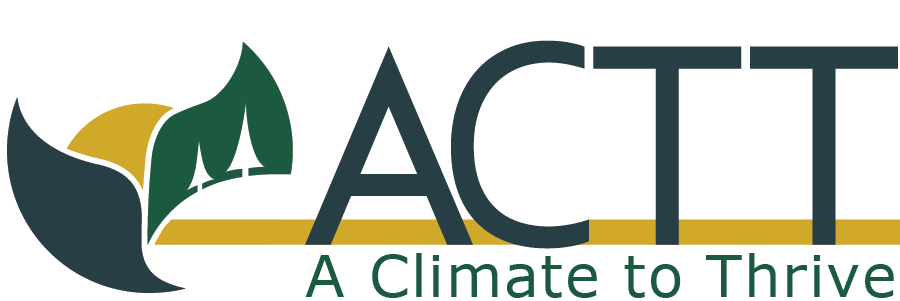Capacity Through People
Building capacity through people is about creating a supportive community where everyone’s skills and passions are valued. It starts by inviting people who care about the cause to get involved, whether through volunteering, offering their expertise, or simply sharing their time. Once people are engaged, it’s important to nurture those relationships by providing opportunities for growth, learning, and leadership. When people feel heard, appreciated, and supported, they become more invested in the work and the success of the initiative. It’s not just about getting tasks done, it’s about creating a network of people who feel connected, empowered, and ready to make a difference together. The strength of the group comes from the shared commitment and the joy of working alongside others toward a common goal.
Through creating a structure and process that supports diverse forms and levels of participation, you can meaningfully build the capacity of your group. The wider the range of diverse skill sets, interests, experience, and connections to different groups within the community that are each represented by those involved, the more the capacity of your group increases through the meaningful engagement of those diverse resources. It can even be helpful to map out specific skills, experiences, or groups you wish to connect with and consider how best to engage folks with those resources.
Some areas of people-powered resources to consider include:
Skills
What skills do different people bring to the group? Some important skills to support early stages of action might include: organizing, artistic, communications, fundraising, legal, design, project management, operational management, teaching, presenting, financial management, and, of course, much more!
Connections
The people involved in your initiative can be some of the most powerful resources for forming early partnerships and for engaging more of the local community. Consider how to meaningfully engage people with connections to diverse, intersecting local initiatives and organizations as well as groups of people within your community. You might need to change what engagement looks like or how it happens to support this type of involvement. For example, engaging young people is very important, and you will need to consider the intense demands on young people’s time between school and after-school activities as well as young people’s need to get paid whenever possible for the few extra hours they might have to give.
Knowledge
What knowledge do different people bring? Knowledge about climate change and solutions is important, of course, and, as mentioned elsewhere in the toolkit, that is also knowledge that can be learned - and even quickly! Other types of knowledge that can be particularly helpful during early stages of action include: knowledge of the community, knowledge of how information spreads locally, knowledge of networks of change in Maine, knowledge of local political processes at both the municipal and state level, knowledge of county processes, knowledge of intersecting local priorities and local initiatives to address those priorities, and more!
Perspectives
The sooner you can engage people with diverse perspectives, the sooner your group will be able to learn from diverse perspectives. This diversity can be really helpful in shaping plans, processes, and projects to ensure each truly aligns with diverse local priorities and is as accessible as possible.
Action strategies to help support varying levels of commitment
Account for different time commitments: Not everyone on your team will be able to commit at the same level. Some members may be able to contribute significant time, while others can only offer occasional help. Develop strategies that can be scaled according to the level of commitment:
Core team members: For those with higher levels of commitment, assign leadership roles, critical decision-making responsibilities, or tasks that require continuous effort (e.g., coordinating events, overseeing financial tracking).
Occasional volunteers or lower commitment members: Create roles for those who cannot dedicate extensive time. These roles can include supporting tasks during specific events, contributing to social media efforts, or helping with outreach and advocacy in a more flexible, part-time capacity.
Task-Specific Teams: Organize the work into smaller, manageable projects or tasks that can be tackled by smaller, focused teams. This will allow members to work on initiatives that match their availability and skills, contributing in meaningful ways without becoming overwhelmed.
Set clear expectations: Clearly communicate the time and effort required for each role. Provide flexible options for how people can contribute based on their availability and capacity, ensuring that there’s a fit for everyone who wants to be involved.




